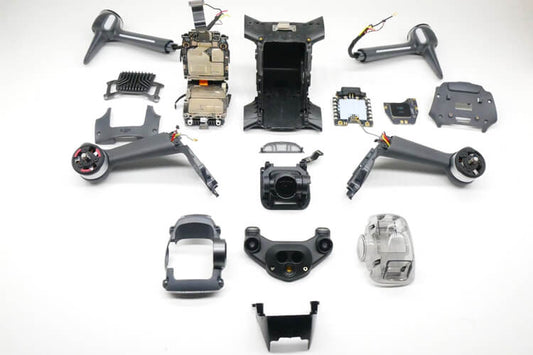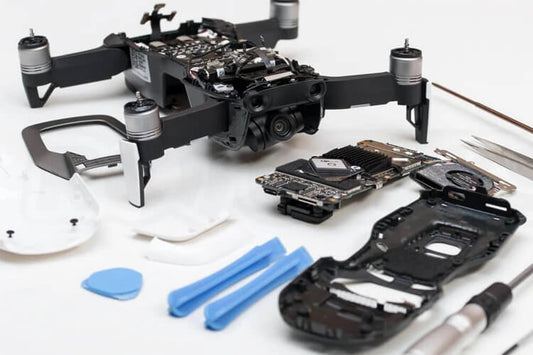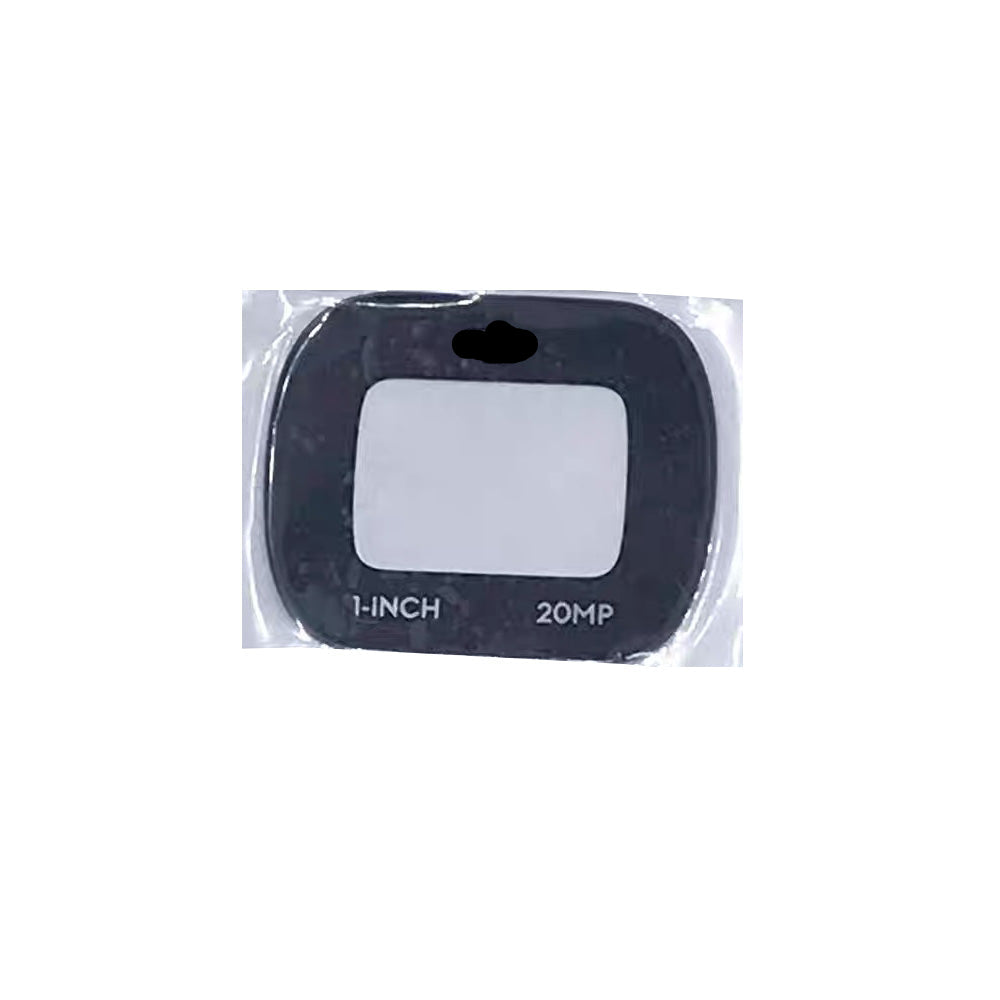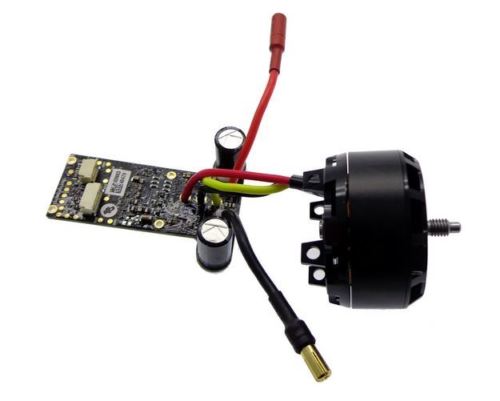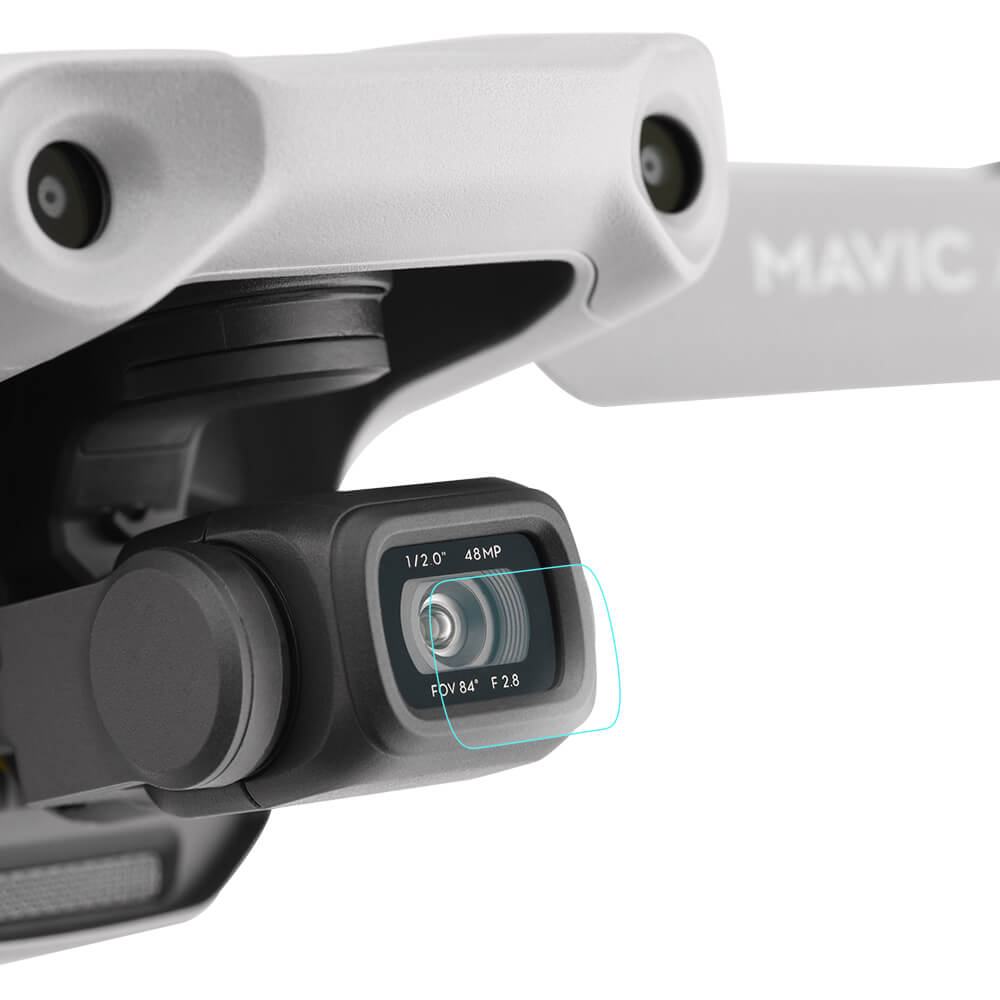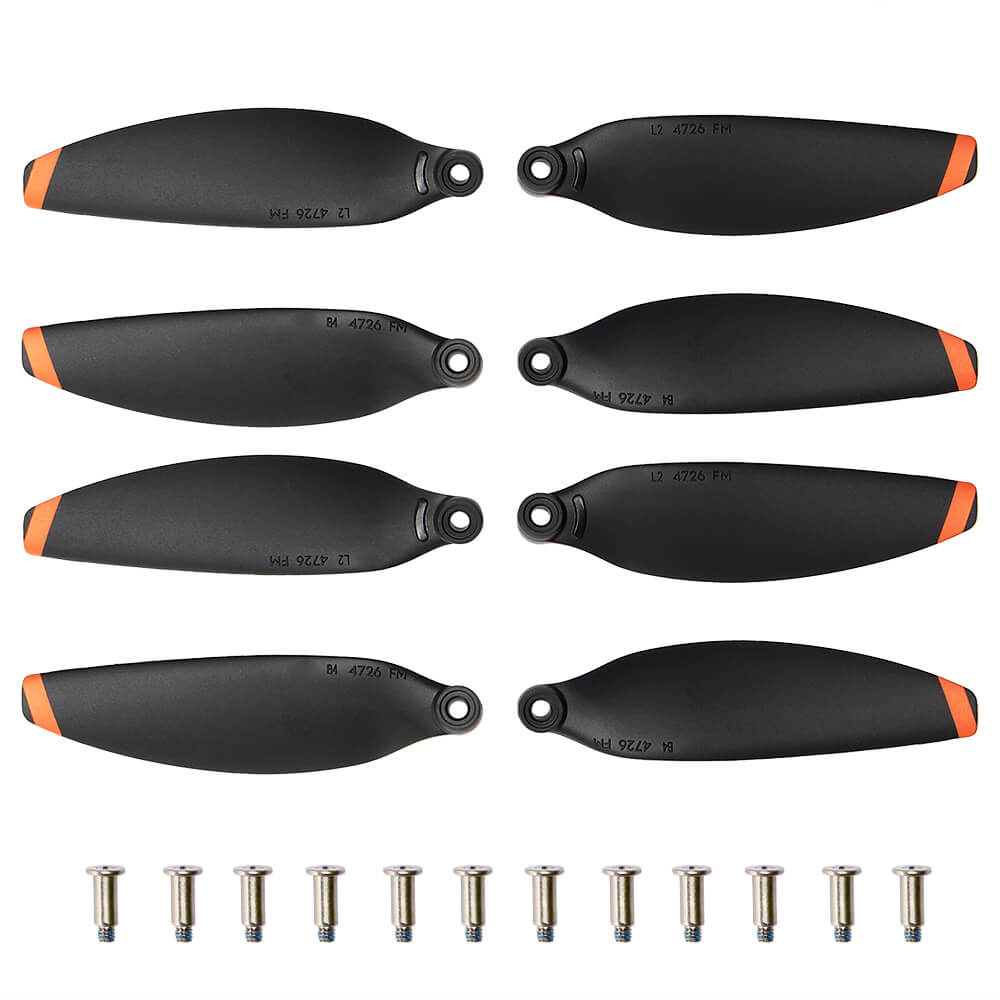Drones rely heavily on GPS for stable positioning, accurate navigation, and safe flight operations. However, weak or lost GPS signals remain a frequent challenge, potentially leading to failed takeoffs, unstable flight, or even flyaways. So, what should you do when your drone's GPS signal is weak?
This guide explores the root causes of GPS signal problems and offers effective, up-to-date solutions aligned with modern troubleshooting practices.
Why is Your Drone's GPS Signal Weak?
Several factors can interfere with your drone's ability to lock onto a strong GPS signal.
-
Physical Obstructions: The most common cause. Skyscrapers, dense tree canopies, and even mountainous terrain can block the line-of-sight to GPS satellites, drastically reducing signal strength.
-
Electromagnetic Interference (EMI): Flying near power lines, cellular towers, radio transmitters, or other sources of strong electromagnetic radiation can disrupt GPS signals. Be mindful of potential electronic jammers in the area.
-
Compass Calibration Errors: An improperly calibrated compass can conflict with GPS data, causing navigation errors and sometimes triggering a weak signal warning.
-
Outdated Software: Firmware bugs or outdated drone and controller apps can lead to GPS signal acquisition delays, RTH (Return-to-Home) errors, and general compatibility issues.
-
Hardware Malfunction: In rare cases, the internal GPS module could be physically damaged, disconnected, or blocked by internal components, requiring professional inspection.
Proactive Troubleshooting & Signal Improvement Strategies
Follow these steps to diagnose and enhance your drone's GPS connectivity.
-
Ensure a Clear Sky View: Always launch from an open area. A 360-degree unobstructed view of the sky is ideal for the drone to connect with multiple satellites quickly.
-
Avoid Sources of Interference: Before flight, scan your environment for potential EMI sources like high-voltage power lines and cell towers. Maintain a safe distance.
-
Calibrate the Compass (Judiciously): Calibrate your compass when the app prompts you to, or after moving the drone a significant geographical distance. Avoid calibrating before every flight, as unnecessary calibration can sometimes introduce errors.
-
Update Firmware and Apps Regularly: Consistently check for and install updates for your drone's firmware and controlling application. Developers often release patches that improve GPS performance and fix known bugs.
-
Inspect for Hardware Issues: If software solutions fail, consider a hardware check. Look for visible damage or consult a certified technician to test and potentially replace a faulty GPS module.
-
Consider Advanced Technology (RTK): For professional applications requiring pinpoint accuracy, consider drones equipped with Real-Time Kinematic (RTK) technology. RTK uses a ground-based correction signal to achieve centimeter-level positioning, even in areas with moderate GPS interference.
Key Takeaway
A weak or lost GPS signal on your drone can stem from environmental obstacles, electromagnetic noise, software glitches, or hardware faults. By systematically troubleshooting—starting with ensuring a clear launch site and updating software—you can resolve most issues.
Staying informed and proactive in your approach ensures reliable GPS performance, safeguarding your drone and enabling successful flights every time.



